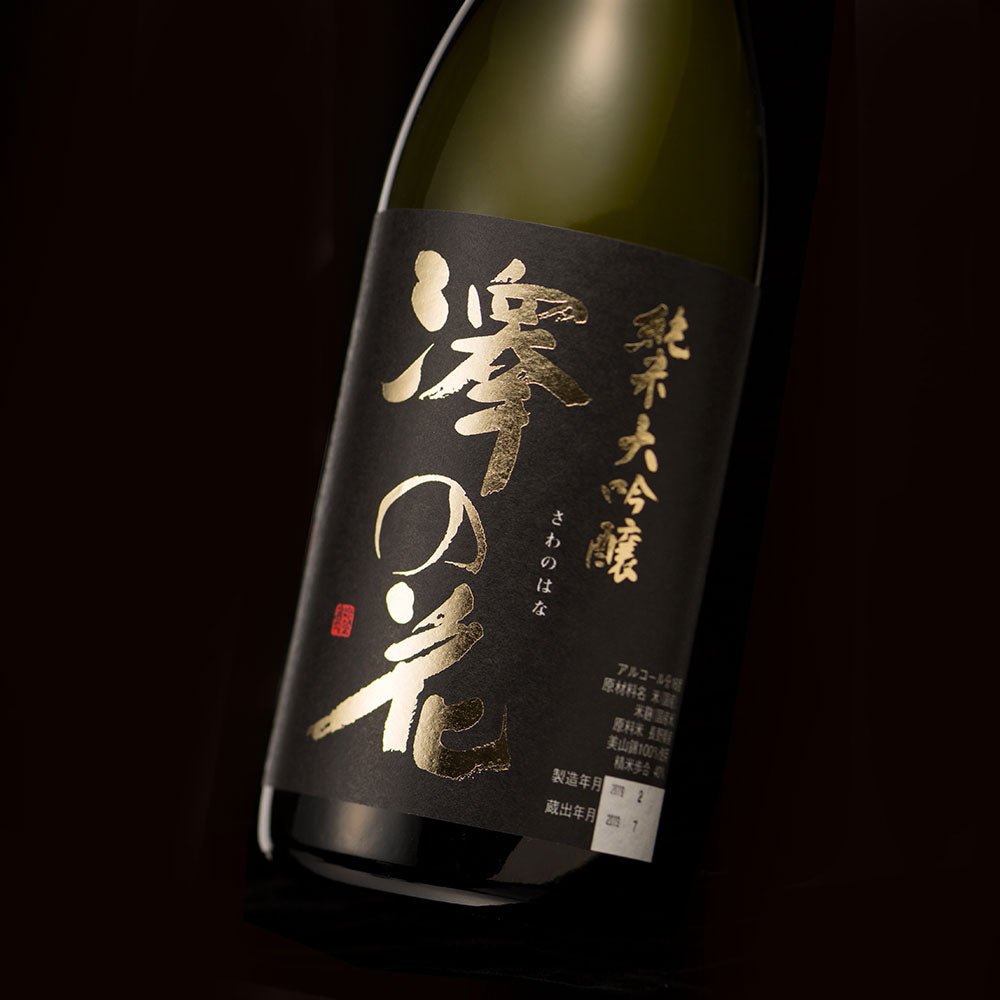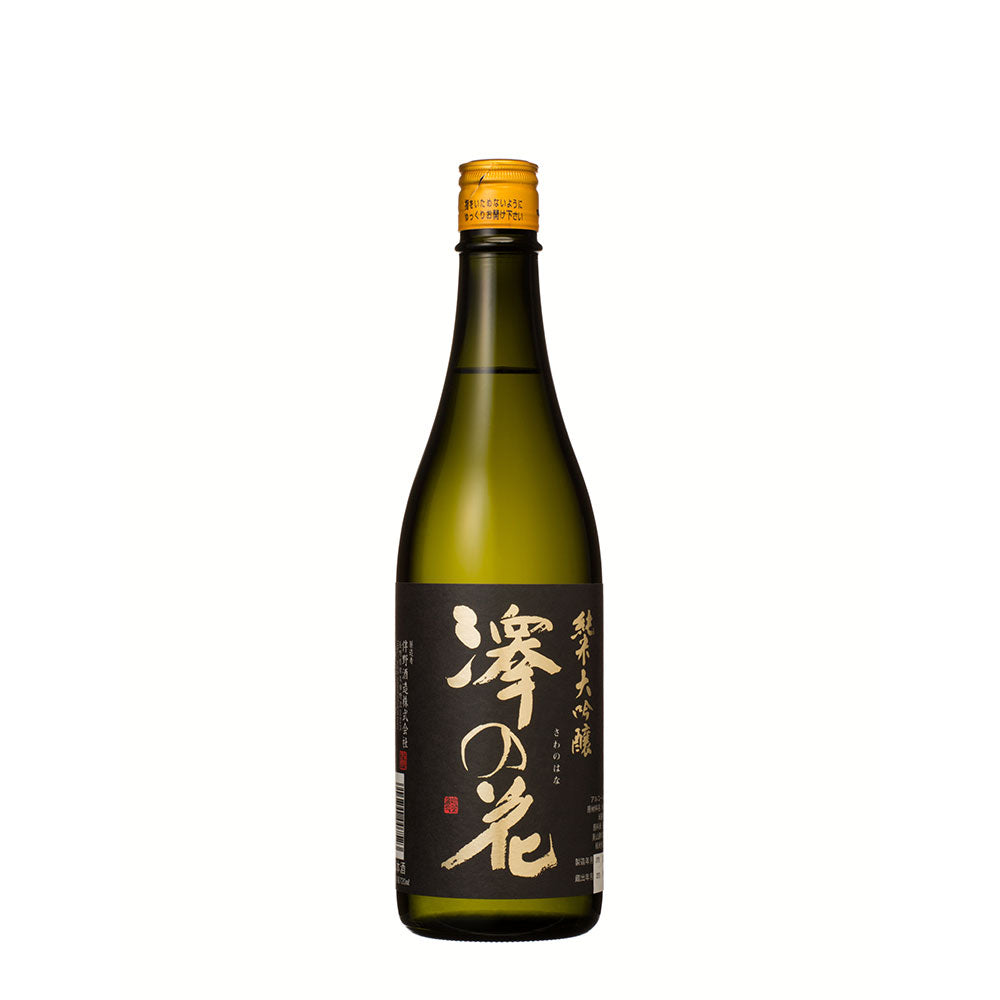-
 >
>
- Product list >
- Sawanohana Junmai-daiginjo (720ml)
Sawanohana Junmai-daiginjo (720ml)
詳しく見る
- *All prices shown are the product prices from the Japanpage:.
- *Product price can be shown in multiple currencies as reference values.
- *Payment should be made in Japanese yen.
- *After filling in delivery address, grand total (product price + shipping cost (packing + shipping + insurance) +tariffs & taxes) will be shown on the shipping cart page.
- *All prices shown are the product prices from the Japanpage:.
- *Product price can be shown in multiple currencies as reference values.
- *Payment should be made in Japanese yen.
- *After filling in delivery address, grand total (product price + shipping cost (packing + shipping + insurance) +tariffs & taxes) will be shown on the shipping cart page.
We insist upon using Nagano rice with the hopes of remaining a local sake, and polish Nagano's sake rice, "Miyamanishiki" to 40%, and use it to brew our "Sawanohana Junmai-daiginjo" with subterranean water from Mt. Yatsugatake. The brewing process for sawanohana is very involved, and starts with washing 10kg of rice at a time, followed by a limited water supply to ensure the proper amount of water is provided to the rice every day, handmade koji, low-temperature fermentation for about 25 days, and storage in bottles after extraction. This product is characteristic for the vivid flavor this process imparts to it. The translucent, pure flavor fills the mouth, and leaves a clean aftertaste. This pleasant Junmai-daiginjo goes well with finely seasoned dishes from around the world.
About "Sawanohana"
"Sawanohana", brewed in a cold in a highland city rich in nature, means "a beautiful flower blooming in the clear waters of Shinshu Saku." It's concept is, "a sake with a delicious first drink, and a pleasantly pure second." Our young brewer and brewmaster uses only sake rice from Nagano to produce this pleasant, clean drinking local sake.
Recommended temperature
- Atsukan (50 - 55℃)
- Jokan (45 - 50℃)
- Nurukan (30 - 40℃)
- Room temperature (15 - 20℃)
- Hanabie (10℃)
- Yukibie (5℃)
Type


Tag
Appearance
-
Clarity
Transparency
Hazy
-
Colour
Colorless
Dark brown
-
Intensity
Water
Deep
Nose characteristics
-
Intensity
Low
Strong
Taste characteristics
-
Light / Body
Light
Body
-
Sweet / Dry
Sweet
Dry
-
Simple / Complexity
Simple
Complexity
-
Acidity
Low
High
-
Umami
Low
High
-
Finish
Low finish
Long finish
Aroma and flavor
Apple
Detailed information
| Volume | 720ml |
|---|---|
| Size (L W H) | 7.6 x 7.6 x 29.3 cm |
| Weight | 1.2kg |
| Ingredients | Rice, Rice koji, Water |
| Region | Nagano |
| Alcohol content | 16%vol. |
|
Sake Meter Value
|
-1 |
|
Acid level
|
1.4 |
|
Polishing ratio
|
40% |









